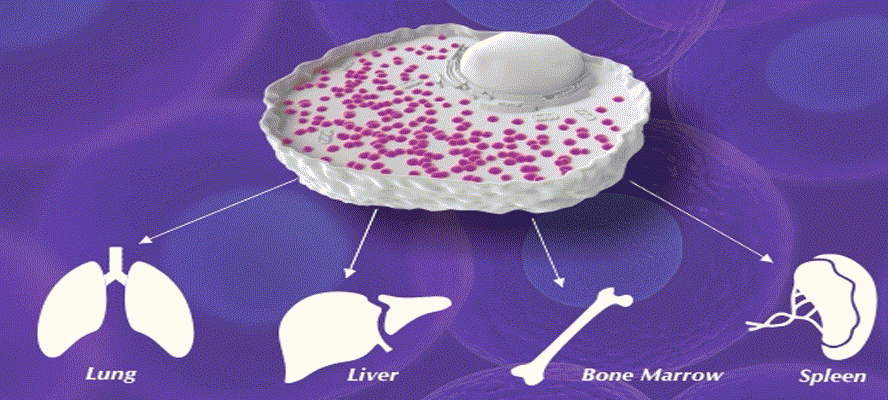All our body cells have morphologically diverse sac-like structures, Lysosomes, with a primary goal to breakdown or literally degrade any biological polymer, be it proteins, lipids, nucleic acids, carbohydrates, excess or obsolete cell organelles, food particles, and engulfed viruses or bacteria- all, digested using an array of specific hydrolytic enzymes! Mutation in the genes encoding for these lysosomal enzymes or defects in any non-lysosomal activities involved in lysosomal biogenesis or protein maturation cause lysosomal storage diseases. These defects or deficiencies of even a single lysosomal enzyme cause intra-lysosomal accumulation of complex biomolecules taken up by the cell or worn out intracellular components, in the affected individuals. Out of the approximately 50 known lysosomal storage diseases, the most common among these inborn errors of metabolism, is Gaucher’s disease (GD) which affects 1:57,000 to 1:75,000 births worldwide, and is more prevalent with cases of 1:800 births in individuals of Ashkenazi Jewish descent. India, however has rarity of cases on Gaucher’s disease, with only significant incident being the series of seven cases from Kerala’s Malabar area showing increased Gaucher’s disease incidence in a tribe of Mappila Muslims.








